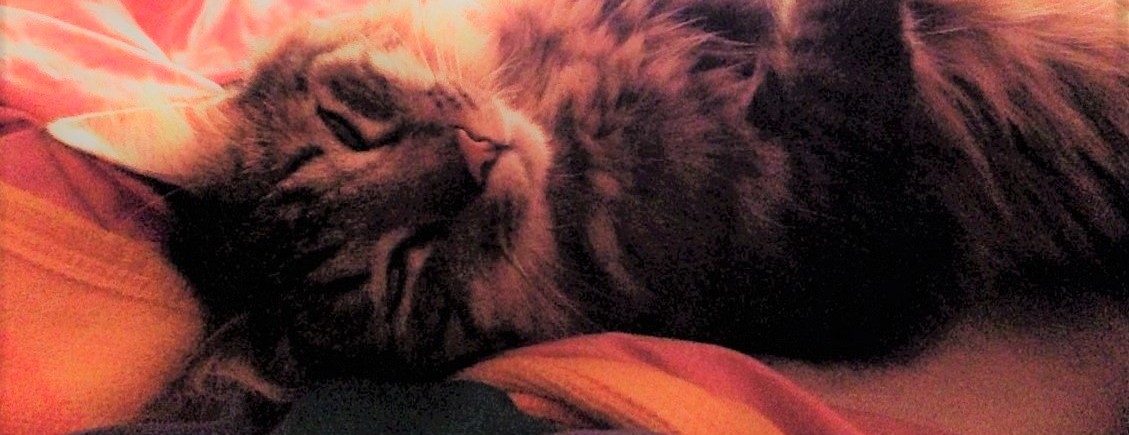The secret is out. Cats can make just as entertaining and just as loving companions as dogs. But like dogs, cats need some distinct species-specific care to fit in well to a home. Here, we have boiled down cat care to the essentials needed to live comfortably with a feline, working around and working with their cattitude. These steps will especially help new cat adopters and folks experiencing a feline-related problem in their household. With this care, the vast majority of cats will have what they need to be content which will in turn allow them to bring the most joy to those they live with. . . .
Nine Steps to Feline Harmony
Follow a care routine. If your cat controlled your calendar, every day would be structured just like the last! Cats have a strong sense of time and thrive on a predictable pattern of daily activities. Keeping a cat on a schedule can minimize undesired behaviors (such as such as nighttime food requests). The key is consistency . . . establish a routine and stick with it. You’ll never regret it and your cat will be the happier for it.
Exercise daily. Absolutely easier said than done. But cats are just like humans—they feel much better if they move around a bit. Yet as they age, many of them like to lounge around—a lot! Good news: a few minutes a day can have a notable effect on improving mood and reducing undesired behaviors (like boredom pestering). Kittens need a lot of play every day, but it doesn’t take much activity, especially with a wand toy, to happily tucker out most adult cats.
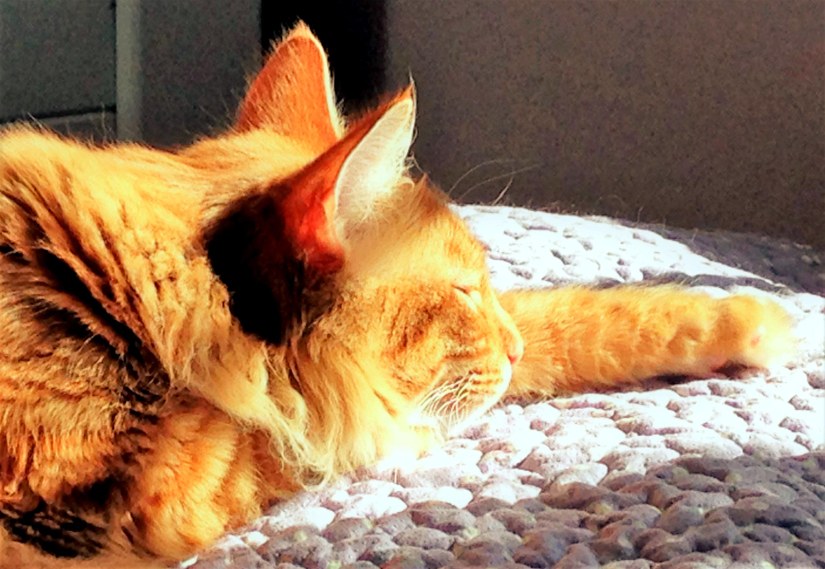
Have faith. It is possible to find cat food that a fussy feline will eat! Cats are notoriously opinionated about food as anyone can attest who’s seen them look with disdain at a dish of fresh food and then saunter away. Persistence pays here. Try different textures, tastes, and brands. When you find a few winners, rotate them every few days to keep kitty interested and only leave out small quantities of dry food to keep it fresh. In a pinch, try slightly warming and stirring wet food to amp up the smell or sprinkling a few treats on top get them started (often, as with kids, tasting a few bites is all it takes for them to realize it tastes good after all).
Note: Lack of appetite is, unfortunately, also a very common sign of cat illness. Take a fussy eater to the vet who is losing weight (can be tracked on a baby scale) and always call a vet if a cat refuses to eat for more than 24 hours.
Attend to body language. Cats are accused of being unpredictable, and some folks remember a time they were scratched when innocently petting a cat. Cats don’t have as many facial muscles as dogs and humans, so their facial expressions can be harder to read. But their feelings are actually quite accessible if one watches them carefully—their ears and tail in particular. Cats rarely scratch without giving warning signs first, most often including quick tail flicks or ear rotations, indicating irritation. These movements mean “I’ve had enough” in cat-speak and they expect you to “hear” them. Learning this cat language will go a long way towards living together harmoniously.
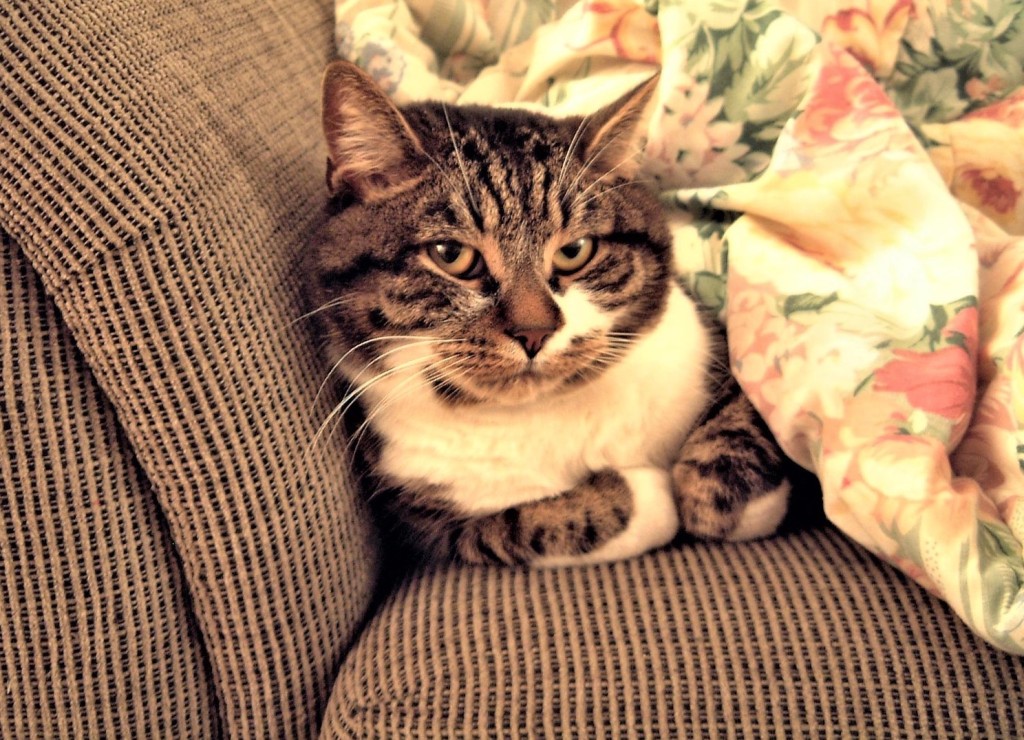
Reward with attention. Although they are known for independence, cats do like to be doted on. Even the gruffest-seeming cats will perk up when their companion showers some verbal attention on them. Most cats also love to be petted, but start at the jowls and head (their most beloved scratch spots) and work your way down to see what your kitty likes. Keep in mind, though, that even though many cats love a long snuggle, most prefer more limited amounts of petting as they can get overstimulated by too much touch (especially in the same spot as one can imagine might get irritating after a time). Also, approach with your hand from the back as moving fingers coming at their face from the front can trigger some cats’ hunting instincts. Most of all, pay attention to the areas where your cat leans into your hand, and your cat will love you all the more for it.
Make or buy a cat perch. Next to wand toys, a perch is the single most important environmental enrichment a cat needs. Cats thrive on sitting up high to observe their territory, which instinctively makes them feel safe (away from “predators” as they would be in a tree). Most cats will happily spend countless hours on their perch, especially if it’s placed next to a window, thriving on the security and comfort of having their own space. Especially with shy cats, a cat perch (or even better, a few perches in different locations) can also increase confidence and provide a great home base for petting or play time (as well as protect the human furniture). A cat window hammock can also be an economical and space-efficient way to provide a cat with prized personal territory.
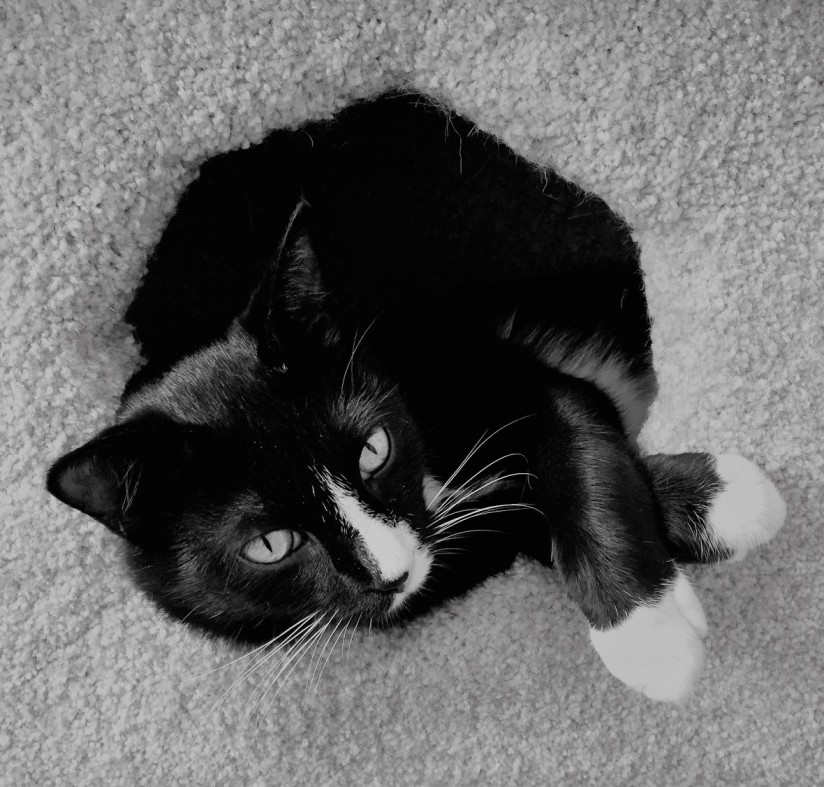
Obtain a scratching pad. If you wish to see your furniture live a full and happy life, be sure to get a scratching post or pad! Cats have a biological need to scratch as it helps them remove the sheath (dead outer layer) of their claws. Scratching also keeps their bodies flexible as gripping a surface allows them to fully stretch their forearms and spine. So it’s essential to provide an appropriate scratching surface(s). Many cats love to scratch sisal which is often already affixed to a commercial cat perch posts while others are perfectly happy with a simple corrugated cardboard scratcher. But note that cats, true to their opinionated nature, do have preferred scratching surfaces. A cat who ignores a cardboard scratcher may love a carpeted cat post or vice versa. Bottom line: They have to scratch at something, so if they don’t have an acceptable surface, they will find an unacceptable one!
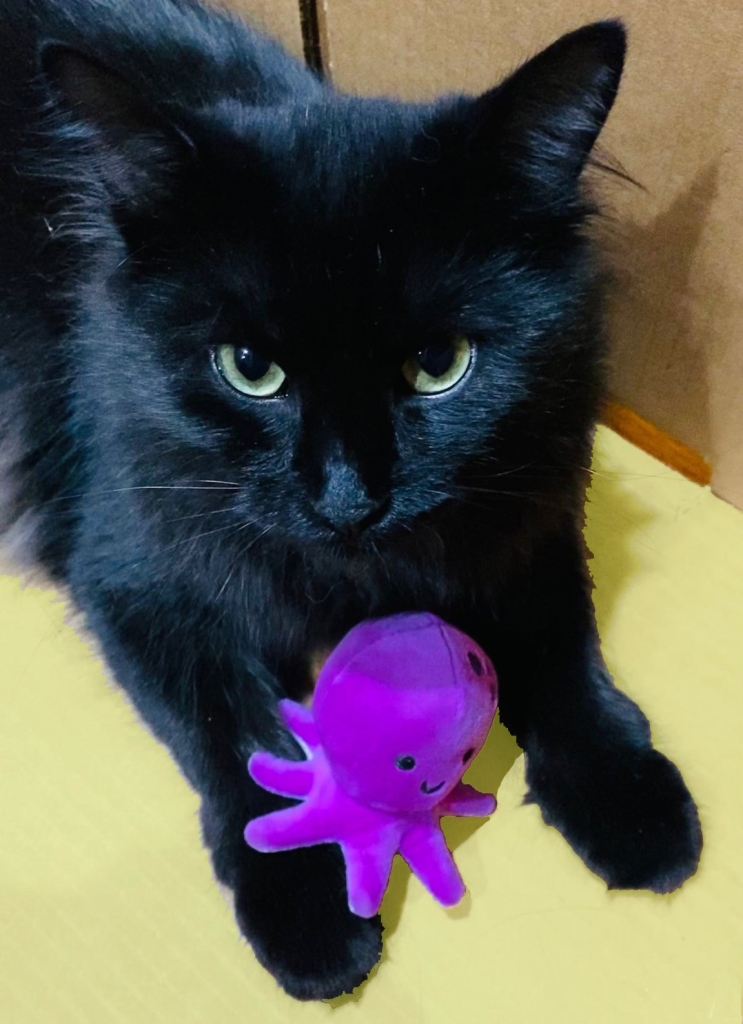
Nurture their curiosity. One of the most entertaining parts about sharing life with a cat can be watching them investigate their surroundings. They like to find out what’s in something, what something smells like, what you’re up to. One can easily spice up a cat’s day by leaving something out for them to explore such as an open box or a pair of dirty (i.e. just removed and delightfully scented!) socks or just cracking open a window for them to sniff the air. Catnip roll toys will also make many cats go gaga. And last but not least, many cats’ pastures become greener when given a regular supply of kitty grass. They greatly enjoy nibbling on it and their companions love how it reduces (or nearly eliminates) hairball vomiting.
Yup, gotta clean the box frequently. You have heard it before. Cats are clean critters, and they don’t like using dirty bathrooms! One of the biggest sources of feline-human household stress can stem from cats going to the bathroom outside of their box. After the essential step of ruling out a medical problem (like a UTI), the number one way to prevent “accidents” is to clean litter boxes daily as well as to have more than one litter box: one box for each cat if you have more than one cat and one box for each floor of a home even if you have only one cat. When it comes to litter type, unscented clumping clay is most preferred by cats, research shows.
Again, short of having a medical problem, the vast majority of cats will eagerly use a clean box. And this is definitely a case where prevention is the best medicine as it’s much much easier to keep cats using their boxes than to get them to start using them again. So scoop up daily and your cat will thank you by burying its business!

While it can be some work and expense initially setting up a space to reduce feline stress and increase harmony, taking these steps will pay dividends through a much more enjoyable relationship, turning grrrs to purrs now and into the future!
